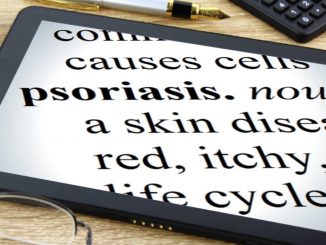
How do you get rid of uterine fibroids? This is the question that many people suffering from this condition ask. Although it may seem peculiar, most women react strangely to the diagnostic of uterine fibroids. It seems that the psychological impact is even stronger than the one caused by cancer.
Uterine fibroids can be treated!
It’s hard to understand why a common, non life-threatening condition has such a strong emotional impact on us. Experts say that it is a trivial affection, but it should not be neglected. Her only deficiency is the lack of information. Although fibroma is nothing but a benign formation, noncancerous and easy-to-treat, which requires a minimally invasive intervention, it is still a dreadful road.
Let’s understand more
It is crucial to better understand the notion of “fibroma”, especially since many of us, especially in fertile age between 20 and 40, are facing such a diagnosis. Well, it’s good to know that the appearance of a uterine fibroid does not prevent us from having a normal sexual life or having children. We just need to check on our health state regularly, and early diagnosis helps a lot. Thus, a simple discussion with your doctor can relieve you of unnecessary worry, as he will know which of the modern treatment methods you fit best.
20-30% of women develop uterine fibroids, but only 80% are diagnosed on time, as the condition is asymptomatic in the first stages. Diagnosis of uterine fibroids is probably scary because of the association with the name of the tumor, which can lead to cancer – however, that’s a wrong assumption! According to specialists, only a small percentage, between 0.2% and 0.5% of the fibroids, can turn into uterine cancer.
When and how the condition manifests
Fibroids are the most common benign tumors in gynecology. They develop on the wall or the surface of the uterus. They are also known as myomas, leiomyomas or fibromyomas. Causes of occurrence are not fully known yet, but, in addition to genetic factors, ovarian dysfunctions are associated with the condition.
With the onset of menopause or the stopping of hormone production by surgically removing the ovaries, in extreme cases, the fibroids stop growing and even begin to diminish. However, most of the time, there is no manifestation. They are usually detected by chance after a routine gynecological consultation. But when they start to grow, the patients may suffer from abnormal menstrual bleeding, menstrual disorders, anemia caused by bleeding, pain and abdominal pressure, frequent urination, discomfort during intercourse, infertility and complications during pregnancy.
How to get rid of uterine fibroids
Because fibroids are estrogen-dependent, doctors say that there are two treatments: menopause and surgery. So how do you get rid of uterine fibroid? In the case of symptomatic fibroids, minimally-invasive interventions may be used. However, the treatment is completely personalized and differs from patient to patient. There are very few cases that require removal of the uterus.
Tumors inside the uterus, which can cause infertility or menstrual disorders, can be removed by hysteroscopy, ie by endoscopic visualization of the uterine cavity. Those in the abdominal cavity can be removed by laparoscopy. A newer and more effective method is the embolization of the uterine artery, which is a special injection designed to stop the blood supply of the fibroma and, implicitly, its development.



Leave a Reply